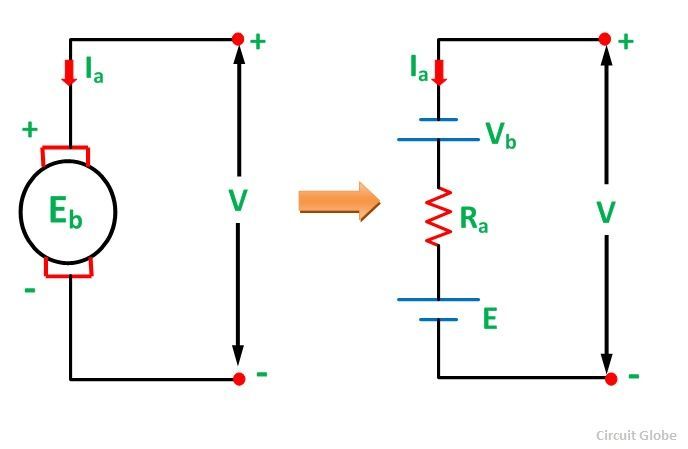A Motor is a machine that converts electrical energy into mechanical energy. There is no difference between a DC motor and DC generator from a construction point of view. The only difference is that the generators are usually operated in more protected locations and, therefore, their construction is generally of the open type.
On the other hand, motors are generally used in locations where they are exposed to dust, moisture, fumes and mechanical damage. Thus, the motor requires protective enclosures.
For example – Motor requires drip-proof, fire-proof, etc. enclosure according to the requirement. The DC motors are very useful where a wide range of speeds and good speed regulation is required, such as in the electric traction system.
As the construction of DC Motor is similar to DC Generator, which is discussed in the topic Construction of DC Generator. Thus, for the construction of a DC motor refer the link given below. There are various types of DC Motors. They are Shunt motor, Series motor and Compound motor.
Also See: Construction of DC Generator
The EMF equation of DC Motor is given by the equation shown below:
Where,
- Eb is the induced emf of the motor
- N is the speed
- P is the number of poles
- ϕ is the flux per pole.
- Z is the total number of conductors
- A is the number of parallel paths
Equivalent Circuit of a DC Motor Armature
The armature of a DC Motor can be represented by an equivalent circuit. It can be represented by three series-connected elements E, Ra and Vb. The element E is the back emf, Ra is the armature resistance and Vb is the brush contact voltage drop.
The equivalent circuit of the armature of a DC motor is shown below:
 In a DC motor, the current flows from the line into the armature, against the generated voltage. By applying KVL,
In a DC motor, the current flows from the line into the armature, against the generated voltage. By applying KVL,
Where,
- V – Motor terminal voltage
- Eb – Back EMF
- Ia – Armature current
- Ra – Armature circuit resistance
The equation (1) written above is called the fundamental motor equation. It is seen that the Back EMF of the motor is always less than its terminal voltage V. The equation can also be written as shown below:
The equation (2) is considered or applicable when the voltage drop Vb in the brushes is also taken into account.


